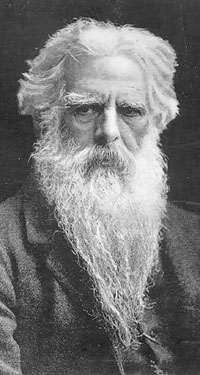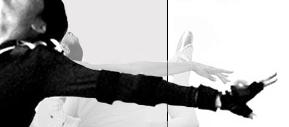 Muybridge emigrated to America in 1851, and turned his attention to photographing the western landscape. In 1871 Muybridge was invited by stable owner, Leland Stanford, to photograph his horses. With these photographs the aim was to determine whether or not all feet leave the ground at one time during a gallop.
Muybridge emigrated to America in 1851, and turned his attention to photographing the western landscape. In 1871 Muybridge was invited by stable owner, Leland Stanford, to photograph his horses. With these photographs the aim was to determine whether or not all feet leave the ground at one time during a gallop.
In 1878, 6 series were published on cards, titled The horse in Motion, clearly showing the different stages of the horses legs during a run, walk, trot and gallop.
In 1879, Muybridge continued to develop movement studies, and other animals other than horses were captured. As well as this athletes of the Olympic Club in San Francisco were photographed. About 200 of these series were published in 1881 in the album The Attitude of Animals in Motion.
Influenced by Mareys book Animal Mechanism (1874) Marey projected images in motion with the use of the zoopraxiscope.
Between 1884 and 1886 Marey worked in the courtyard of the Veterinary Hall & Hospital of the University of Pennsylvania. Here, he and his team produced 20,000 negatives that were arranged and printed in 781 plates. These plates were published as Animal Locomotion in 1887.








